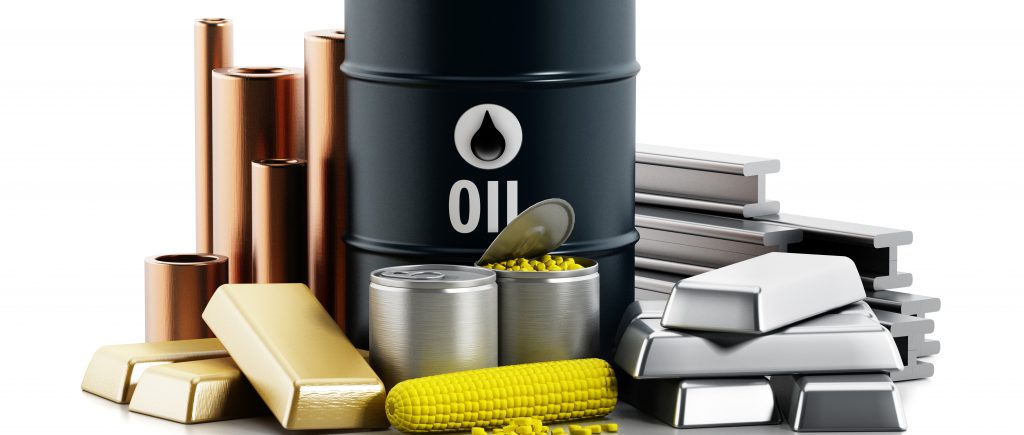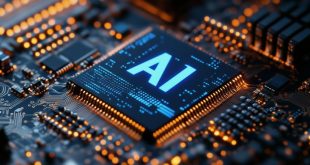So far, commodities have been the best performing asset class in 2021 amid record high prices, but will rising interest rates next year hold back the momentum of this investment?
The sped-up tapering is signaling steeper interest rate hikes over the next two years, consequently, this will add to the US dollar’s strength, making dollar-linked commodities trades more expensive and potentially increasing the costs of financing.
In addition, a stronger US dollar may divert commodity investments into the currency, which is also a safe-haven asset.
With higher interest rates expected in the US, the strong performances in the commodities market is still a successful bet with some marginal downside risks in 2022.
Commodities markets exceeded expectations in 2021. 2022 looks to be another year of gains. While some prices edging lower from their current elevated levels, most other commodities are still expected to remain above their long-term averages.
Despite all the optimism, the coronavirus pandemic remains a risk for the global commodities market. This is one more aspect of what experts say about commodities in 2022, given that commodities are split into four main categories: energy, metals, agricultural crops and livestock.
Energy
The US crude oil benchmark West Texas Intermediate February contract traded on the New York Mercantile Exchange (NYMEX) hit seven-year highs and surged past USD 80 a barrel in October. The February WTI contract peaked at USD 81.89 on 26 October before falling but remained around seven-year highs.
The OPEC meeting on 4 November, members and non-members reaffirmed their agreement to raise monthly overall oil output by 0.4 million barrels per day in December.
Oil is set to see strong supply growth from non-OPEC nations, which coupled with a further easing in OPEC+ supply cuts should push the global oil market back into surplus. This should put a cap on prices. However, worries over OPEC capacity and the broader lack of investment in upstream production will likely also provide a floor to the market not too far below current levels.
Metals
Metal commodities include steel and non-ferrous (base and minor metals). Base metals form the biggest metal market by trade volume and include copper, aluminum, zinc, lead, nickel and tin.
Copper is the bellwether metal of the global economy and is a key material for electrical components, whether it be for domestic wiring or industrial installations. The global green energy transition has boosted copper demand for everything from wind turbines to electric vehicles.
Inventories are low amongst several metals, whilst sentiment around the outlook for demand in the medium term is constructive due to growing investments in green projects, which happen to be metal intensive.
The London Metal Exchange copper prices have surged past USD 10,000 a metric ton in May, an all-time high. Although prices have since fallen from the peak and the benchmark three-month contract last settled at USD 9,620.00 a ton on Thursday, copper has gained more than 20% from the beginning of this year.
Precious metals
Gold is often featured heavily in investment portfolios as the precious metal is an inflationary hedge and a safe-haven asset. Safe-haven assets such as gold tend to fall in value when interest rates are higher, as higher interest rates can lead to a stronger US dollar and better returns from other investment products.
With the anticipation of an interest rate hike next year, fund managers cut their exposure across five metals contracts last week, with the biggest selloff in gold and silver.
Precious metals are likely to struggle the most over 2022. Tightening from central banks around the world, along with expectations of further USD strength, would mean that investment demand for gold could remain poor unless central banks do a U-turn on tightening, probably because of further severe waves of Covid-19,” said ING.
Gold hit a record high at USD 2,061.50 an ounce on 7 August this year amid an accelerating rate of inflation. Although prices have since fallen to USD 1,784.30 on 22 December, they remain at around a 10-year high, and up 7.6% from the beginning of the year.
Soft commodities
Soft commodities consist of perishable agricultural products such as wheat, sugar, soybean, cocoa, coffee, cotton and orange juice.
La Niña weather conditions are expected to affect production in Brazil – one of the world largest agricultural producers in the world – in 2021 and 2022. Brazil is the world’s largest producer of sugar, coffee and soybean.
Coffee production in Brazil has been particularly hit hard by the extreme weather conditions in the country, which experienced droughts followed by frosts.
According to data from the International Coffee Organization (ICO), green coffee bean exports from Brazil fell to 3.62 million bags in October, down 12% from the same month last year. Exports from Colombia also decreased by 10.8% year on year to 1.07 million bags in October. The overall global green coffee exports in the first month of the coffee year 2021/2022 dropped by 6.1% year on year to 8.51 million bags.
The supply shortage caused coffee prices to spike to a 10-year high in 2021. The 22 March Arabica coffee futures contract traded on the Intercontinental Exchange (ICE) hit a 10-year high at USD 2.4985 a pound on 6 December.
Although prices have since dropped to USD 2.3355 on 22 December, it remained around the 10-year high level and nearly doubled in value from the beginning of the year.

 Noor Trends News, Technical Analysis, Educational Tools and Recommendations
Noor Trends News, Technical Analysis, Educational Tools and Recommendations




